When we travel on roads and highways, we seldom think about the quality of the air we breathe inside our vehicles. However, the reality is that the air in the cabin is no different from the air circulating outside—the same air left behind by thousands of vehicles, trucks, and buses in a very short time. This is particularly concerning when we are in traffic jams, with polluting gases accumulating around us and entering directly into the car’s interior. Some of the harmful chemicals we unconsciously breathe in our vehicles include:
- Volatile Organic Compounds (VOCs) are one of the main pollutants present in this environment. These compounds react with nitrogen oxides (NOx) in the presence of sunlight to form ground-level ozone, a key component of smog. While ozone is beneficial in the upper layers of the atmosphere, at ground level it can cause respiratory problems, leading to coughing, a choking sensation, and reduced lung capacity. VOCs emitted by vehicles, such as benzene, acetaldehyde, and 1,3-butadiene, are toxic and are associated with the development of various types of cancer.
- Nitrogen oxides (NOx) not only contribute to the formation of ozone and secondary particulate matter but are also dangerous as primary pollutants. These gases can irritate the lungs and weaken our defenses against respiratory infections like influenza and pneumonia.
- Carbon monoxide (CO), a colorless and odorless gas resulting from the combustion of fossil fuels like gasoline. CO prevents oxygen from reaching the brain, heart, and other vital organs, posing a serious health risk, especially in poorly ventilated environments.
- Sulfur dioxide (SO2), mainly emitted by engines burning diesel and coal, is another pollutant affecting air quality inside vehicles. This gas can form fine particles in the atmosphere, and its impact is particularly dangerous for young children and individuals with respiratory conditions like asthma.
Although many modern vehicles are equipped with passive filtration systems, such as HEPA filters, these quickly lose their efficiency and do not always manage to filter out the smallest and most dangerous particles, and the limited protection they offer is lost when windows are opened, allowing harmful chemicals to directly enter our vehicle. Prolonged exposure to these substances can have negative health effects, especially for people with respiratory problems or allergies. At Cleanair Spaces, we are aware of this problem and have developed advanced solutions to improve the air quality inside your vehicle. Our purification system not only filters particles but also eliminates toxic chemicals that accumulate in the cabin. Furthermore, we feature the innovative ductFIT S-CAR model, which is compatible with all types of vehicles and ensures clean and healthy air while you drive.
Thanks to the active purification technology of ductFIT S-CAR, you can breathe easily, knowing that the air in your vehicle is free of pollutants, even when driving on the busiest roads or stuck in a traffic jam. Your well-being and that of your passengers is our priority. Don’t let pollution follow you into your car. With Cleanair Spaces, breathe clean air at all times.


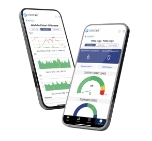
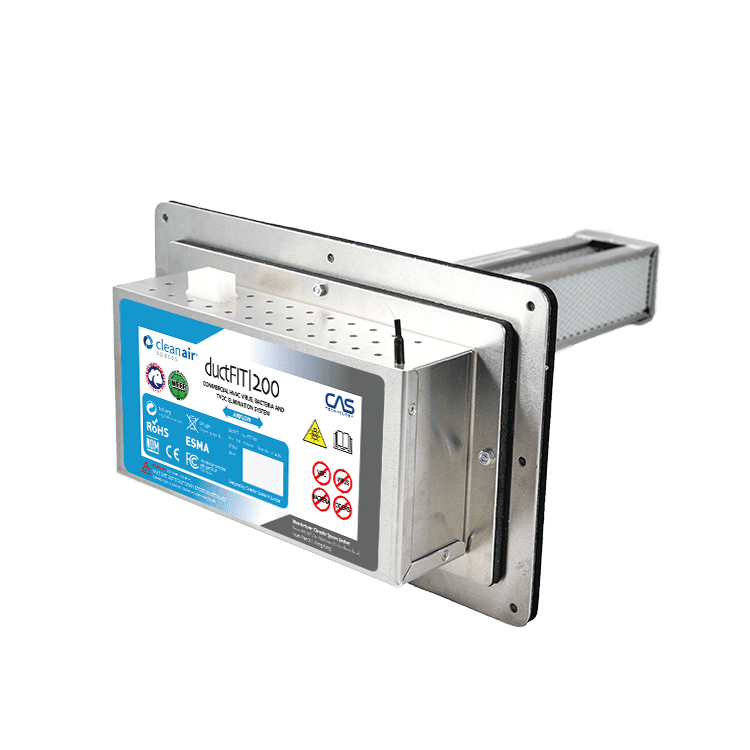



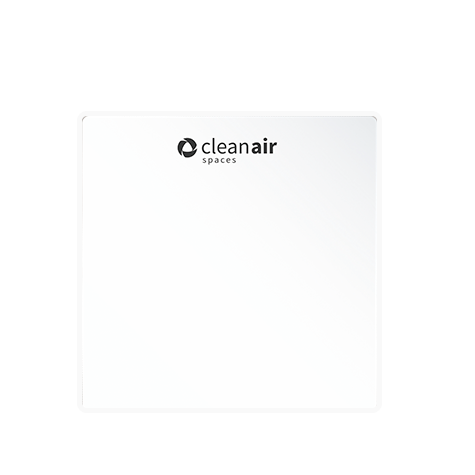
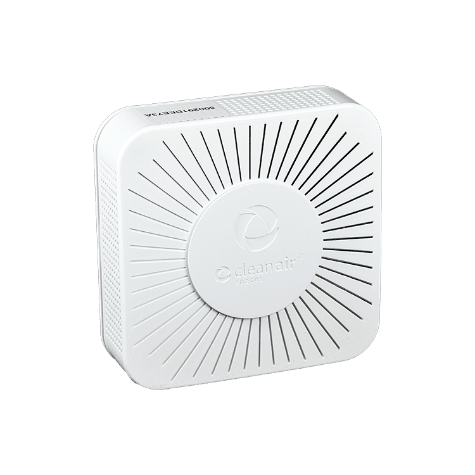
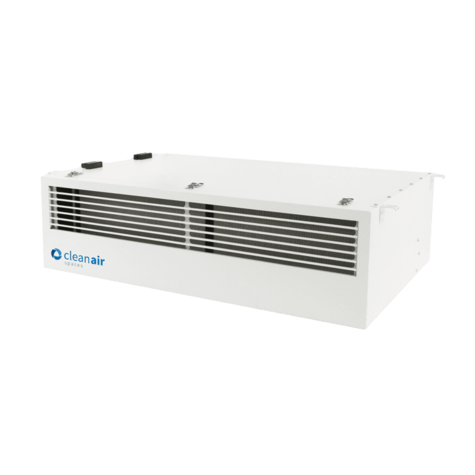
Find quality information about the industry and our products. Don’t miss the latest news and events from our writers: CleanAir’s professional and technical team.